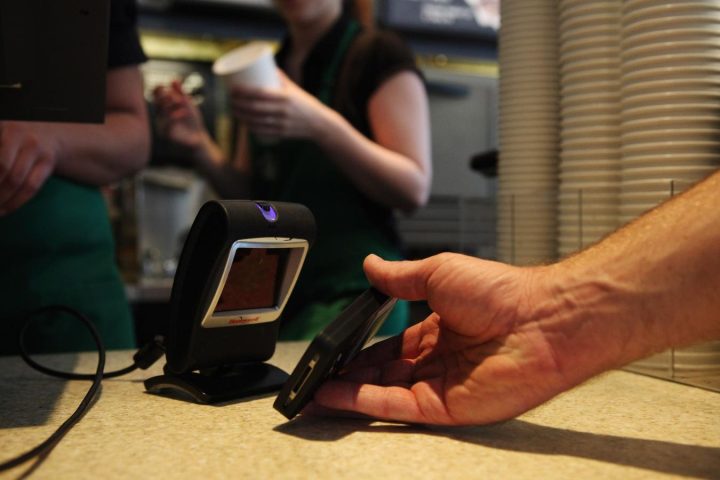Startup banks in the U.S. have made some impressive changes to the banking world — an end to NSF fees, access to payroll direct deposits two days early, sometimes an end to all fees and even small interest-free, short-term loans to cover overdrafts. Chime, the largest neo
bank in the U.S. offers up to $200 in overdraft without fees. Under competitive pressure from the neos, several big incumbents have, at long last, become somewhat more consumer friendly.
What the neos haven’t achieved, however, is profitability.
Simon Kucher, an international consulting firm with deep experience in financial service, has published a report on neo banks around the world. Some of the news is good — there are 10 neo banks in the U.S. with more than 6 million customers, the consultancy said. Chime is the 11th largest U.S. bank with more than 14.5 million customers — nine million use it as their primary bank. But…” Neo banks in the US lose $4 per customer on average; there are 76 challenger banks in the US and they are all unprofitable.”
A large percentage — 40 to 60% — of neo bank customers use them as their primary bank account, but many of them are younger customers who don’t generate as much revenue as baby boomers, the report added. The 2023 report follows an earlier study released in May 2022.
“A lot has changed, partly because the environment has changed,” said Christoph Stegmeier, a senior partner in Simon-Kucher’s global banking practice. “We didn’t plan to write another report so quickly, but times have changed in last 18 months, especially in inflation and the interest rate level, which have had a tremendous impact on the industry.
“When we talked to neos they all told us they needed to scale and grow to be profitable.”
Simon Kucher questions whether neo banks have properly understood cause and effect.
Or as the report said, “Neo banks have been obsessed with scale over profitability, a concept successfully applied in tech or eCommerce but one lacking proof in the banking sector,”
Now, said Christophe, neos say they are under a lot of pressure a lot of pressure from investors who want them pivoting to profitability.
“We are really seeing that some of the neos seem to be getting it, seem to shift to focus on profitability. Still, most neos haven’t found a way to be profitable.”
Banks often get their pricing wrong and give away too much for free, he added. “If you have a unique selling proposition (USP) make sure you focus on a segment that is willing to pay for these elements. This hasn’t happened in neo. Make sure you don’t give away your best offers to your lowest price accounts. Netflix understands customer willingness to pay and prices accordingly.”
Simon Kucher did a study asking customers if they were aware of the current market rate for deposits. “Eighty percent had no idea, only about 20% are rate sensitive. In the U.S. there are more people worried about other features like a savings habit. You can increase your margin if you understand elasticity of different clients.”
A problem with scaling in online banking is that it requires the neos to move into new lines of business. Neo banks have typically offered savings products and debit cards with features such as the ability to freeze a card by a smartphone if you left it at a bar, and then unfreeze it the next day if you found it or picked it up at the bar. Building in promises of no fees, the online banks have often relied on interchange fees. So they collected deposits, but moving to the next level required figuring out how to make money from those deposits, such as lending them. That meant building out credit and risk management expertise.
Marcus, the consumer business launched by Goldman Sachs, showed that lending isn’t as easy as it might seem, said Christophe. “From a regulatory perspective, it is not easy to build a lending proposition. Once you do lending you have to be capable of raising capital, and you need to get risk management and ALM in place, so it is a big step for a neo, but a step they will have to take eventually.
“Top neos globally mostly started with credit, mostly via card or BNPL — transactional lending, short-term, much more related to directly financing shopping, or credit cards as an important category in the U.S. You don’t start with large credit, because you have to learn it,” he added.
Read the full article here






